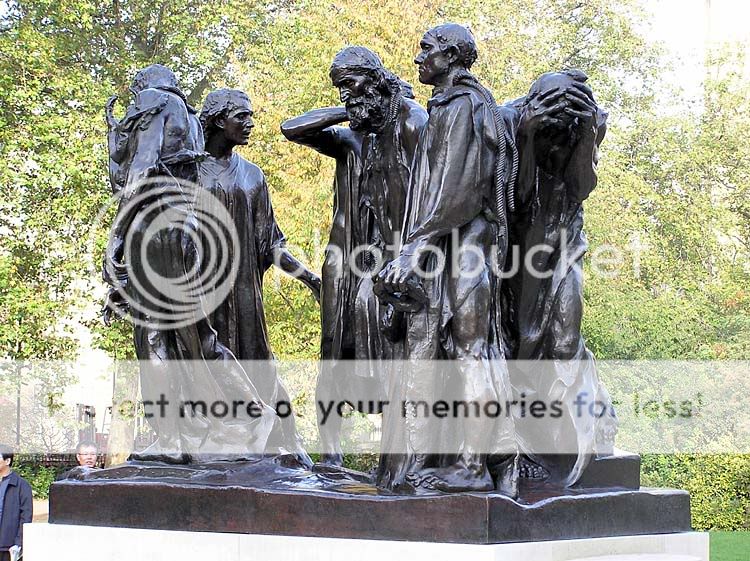By Susan Higginbotham
“I gather the news is good. My lord is coming home?”
Bess shook her head. “No—he is staying in Calais. But the news is good. We—I and the queen and her daughters and many others—are going there!”
As this snippet shows, Bess, the heroine of my novel Hugh and Bess , is bound in November 1346 for Calais, then under siege by troops led by King Edward III. Thanks to Edward III’s careful planning, she would find many of the comforts of home there.
, is bound in November 1346 for Calais, then under siege by troops led by King Edward III. Thanks to Edward III’s careful planning, she would find many of the comforts of home there.
Having won a stunning victory over the French at Crécy in August 1346, Edward III’s army moved to Calais in September. As the town’s strong fortifications and marshy environs made taking it by battle unfeasible, Edward decided to starve its citizens into submission. Knowing that he was in the siege for the long haul, the king ordered the construction of what amounted to the equivalent of a modern military base, complete with barracks, officers’ quarters, and shopping. As the chronicler Jean Froissart reports:
On the king’s arrival before Calais, he laid siege to it, and built, between it and the river and bridge, houses of wood : they were laid out in streets, and thatched with straw or broom ; and in this town of the king’s, there was everything necessary for an army, besides a market-place, where there were markets, every Wednesday and Saturday, for butcher’s meat, and all other sorts of merchandise : cloth, bread, and everything else, which came from England, and Flanders, might be had there, as well as all comforts, for money. [p. 169]

